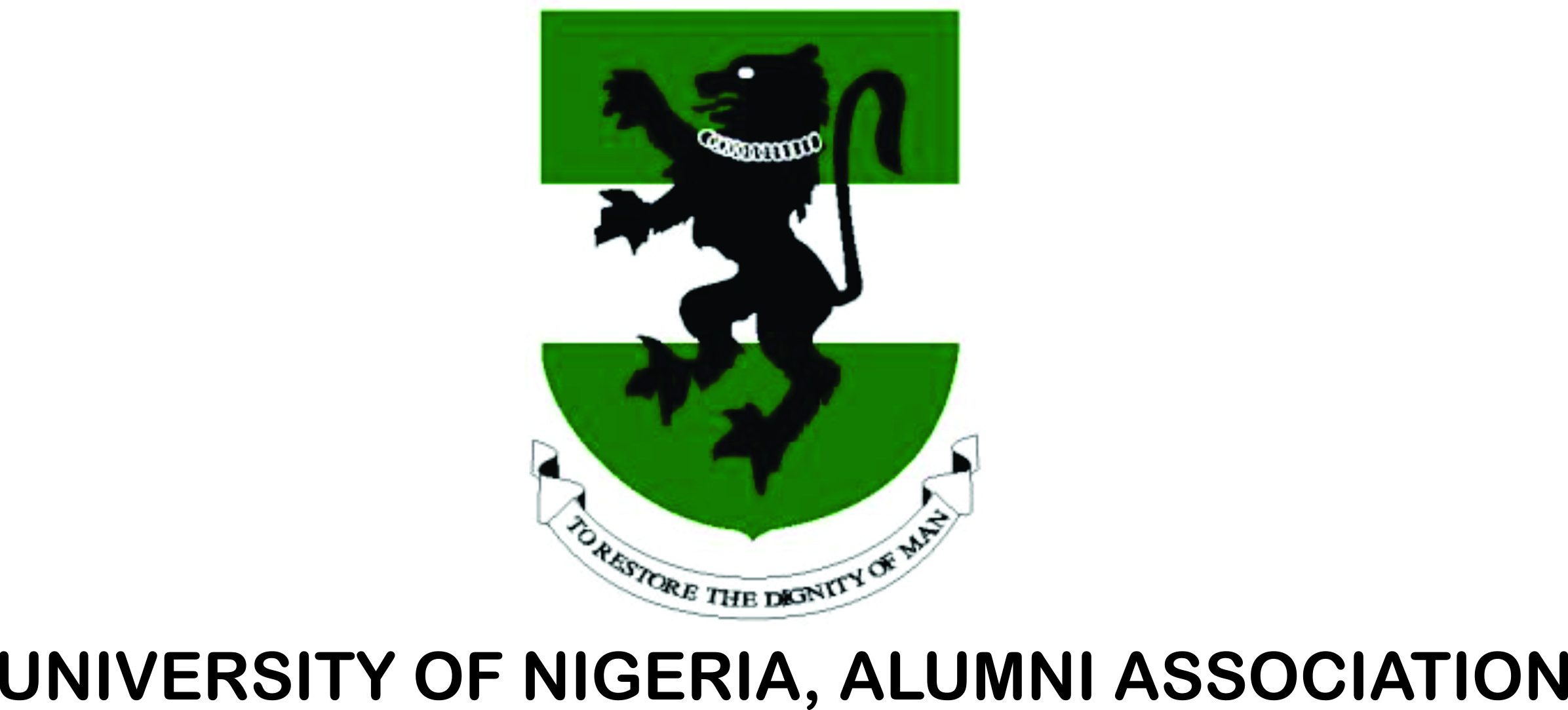Pioneered by a group of the first alumni of the University of Nigeria, Nsukka (UNN), the University of Nigeria Alumni Association (UNAA), Nsukka was formed in 1963. Mr. B. I. C. Ijomah (as he then was, but now late, a Professor of Political Sociology) was the President. He was also the first National President of the Association following its inaugural National Convention at the Nsukka campus of the University on 29th August, 1965, which marked the formal establishment of the National body of the University of Nigeria Alumni Association (UNAA). Over the years, the Association has continued to increase in branches in different parts of the country and in diaspora. The spread of the Association is global, having over forty branches across Nigeria including Cameroon, the United Kingdom and about five states in the United States of America. It is one of the most virile, vibrant, fastest and leading alumni movements in Nigeria with its members found in all spheres of human endeavours contributing significantly to national development.
UNAA Organizational Structure
The organizational structure of the University of Nigeria Alumni Association (UNAA) is federational in nature. Matters, in the order of ascension, move from the branch led by the Branch President to the zone coordinated by the Zonal Vice President and then to the national led by the National President of the Association and vice versa. Its headquarters is in the Nsukka campus of the University and headed by an Executive Secretary who has to be an alumnus or alumna of the University and an employee of the Association. The day-to-day running of the Association nationally and internationally rests on the National Executive Officers, who, including the Zonal Vice Presidents, are different branch members elected at the National Convention. There is the National Executive Council (NEC) comprising the National Executive Officers and the Branch Presidents. This organ meets at least three times in a year to chart the course of the Association. There is also the National Convention which is the supreme body of the Association. This organ is made up of the National Executive Council (NEC) and ten delegates from each of the branches of the Association. The National Convention is held biennially. The Association has so far held a total of one-hundred and five National Executive Council (NEC) meetings and twenty-six National Conventions.
